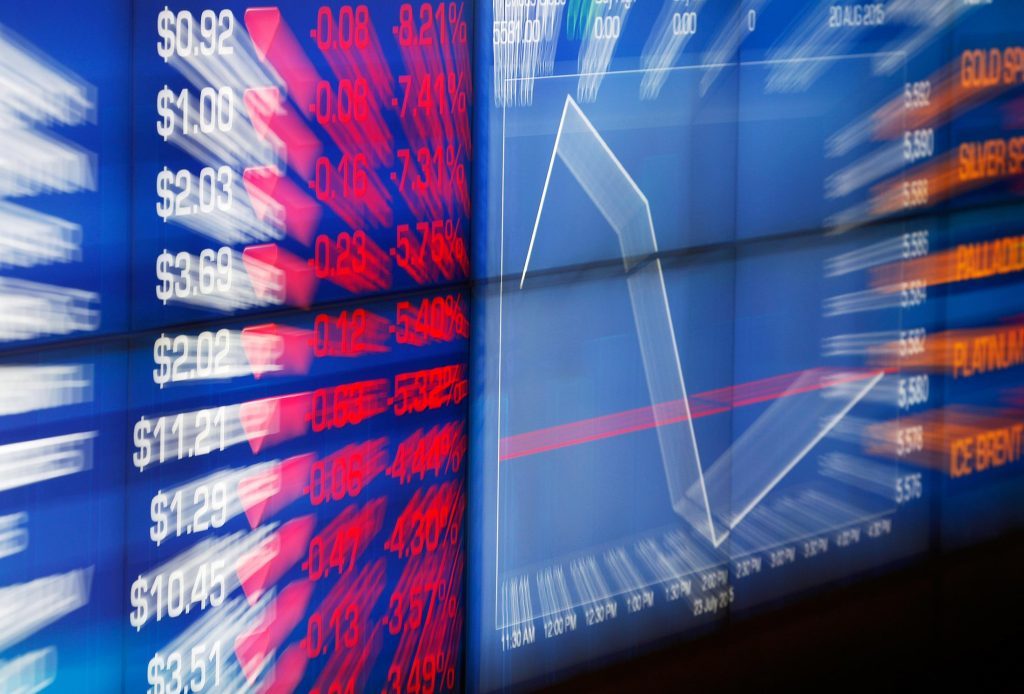
The business model that felled what was once the world’s biggest renewable energy company is alive and making money in Britain.
Listed funds using the yieldco model are outperforming the FTSE All-Share Index on a risk-adjusted return basis, according to research from Imperial College.
“Yieldco” had almost become a dirty word after SunEdison Inc.’s bankruptcy in 2016. The strategy involves listing a fund on a stock exchange and using the capital raised to buy operating solar and wind farms. Cash from electricity sales is paid out to shareholders as dividends.
Both the U.S. and the U.K. “embarked down this green infrastructure path at the exact same time with the exact same idea. But here’s the rub, the U.S. blew it,” said Charles Donovan, director for Imperial College’s Center for Climate Finance and Investment. “There has just been too aggressive an approach to structuring in the U.S. and performance has suffered as a result.”
While SunEdison went on a global spending binge in an attempt to meet its growth targets, London-based peers such as Bluefield Solar Income Fund Ltd. and Greencoat U.K. Wind Plc were focusing on paying out dividends while expanding their portfolios at a much slower pace.
“The U.S. ones were sold with a growth story and in some cases, a very aggressive growth story,” Donovan said. Their counterparts in the U.K. “were sold as dividend stocks.”
Interest in yieldcos in the U.S. has suffered in recent years. At its peak in 2015, Wall Street investors were channeling close to $8 billion per year into the funds. This dropped to $1 billion in 2016, according to data from Bloomberg New Energy Finance.
“The big victim has been the setting back of the industry a little bit in the way it can attract capital and get into mainstream public markets as a way of funding what’s going to be a tremendous amount of infrastructure,” Donovan said.